
Black-and-white photography’s ‘enduring power’ shown in Hong Kong exhibition at M+, its first show dedicated to the medium
- ‘Noir & Blanc – A Story of Photography’ at M+ is a collaboration with the French National Library that brings together 280 photos taken from 1915 to 2019
- Featuring works from Man Ray, Diane Arbus, Asian pioneer Fan Ho and more, the show highlights black-and-white photography’s ‘sense of intemporality’ and history
For the French National Library (Bibliothèque nationale de France, or BnF), acquiring a now-coveted print of Identical Twins, Roselle, New Jersey, United States – the uncanny 1966 photograph by American photographer Diane Arbus of two young sisters, whose individuality shines through despite their severe uniforms – was actually the result of a missed opportunity.
The year was 1969, and French curator Jean-Claude Lemagny was just settling into his role as the first person appointed to oversee the library’s contemporary photography collection.
“French National Library is a very old depository of photographs – we have photographs [from] 1851,” says Flora Triebel, curator of 19th-century photographs at BnF. “In a way, the story of our collection is totally linked with the story of photography. We developed our collection [as] photography was developing.”
But during the 19th century and first half of the 20th, the library’s collection of photographic works was essentially a French one, Triebel says.

Hoping to diversify it and give it more international scope, and recognising the rising prominence of American photographers, Lemagny planned a networking trip to New York, with a meeting with Arbus seemingly in the books.
But for one reason or another, that meeting never materialised, says Triebel. “When he came back to Paris, he found a letter from her saying, ‘I’m so sorry, it was a bad time, and we didn’t manage to meet. Could I sell to French National Library a few of my photographs?’”
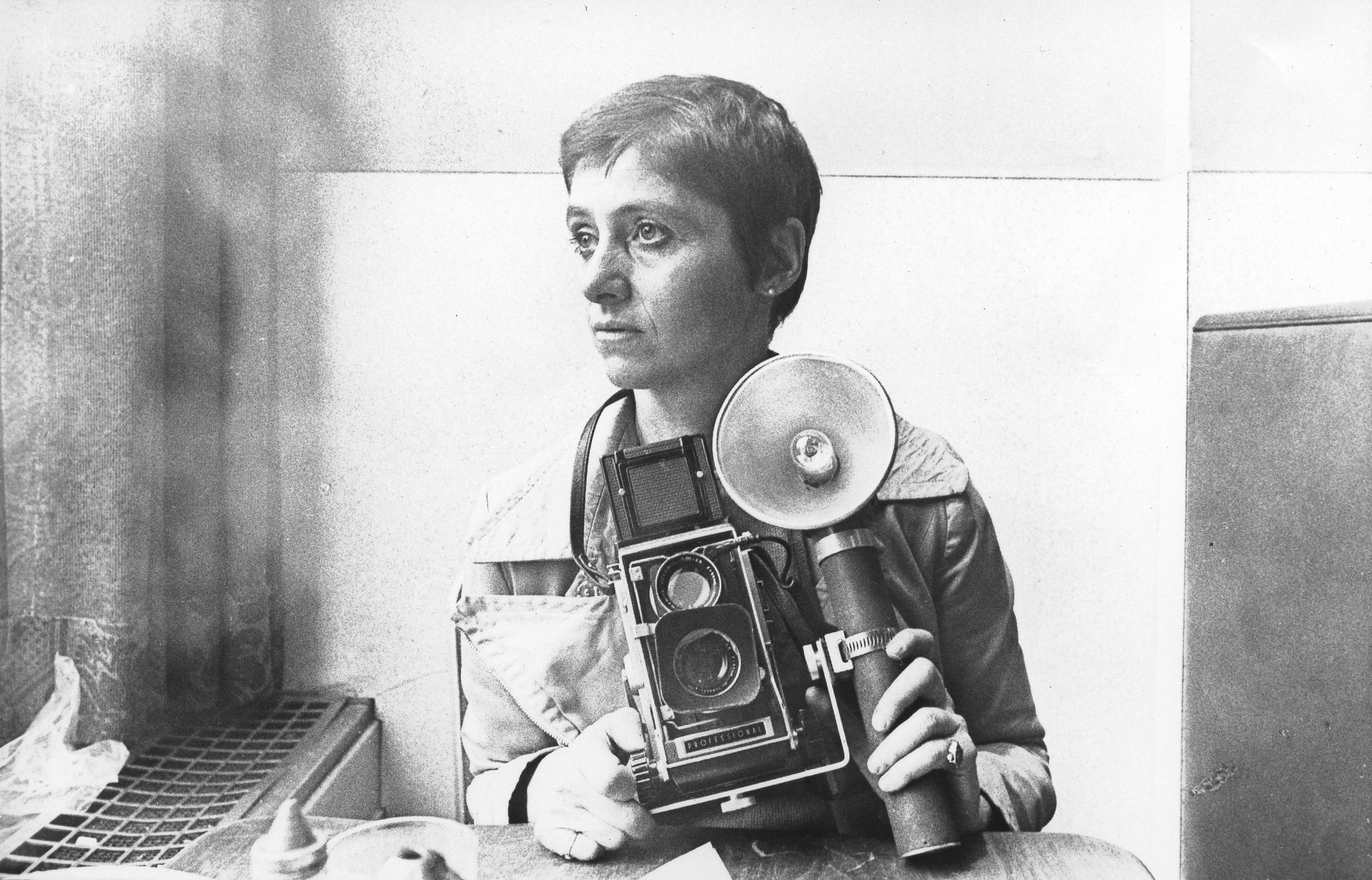
Today, this group of 20 prints has become one of the most prized parts of BnF’s extensive photography collection, and two of the most well-known works – Identical Twins and Triplets in Their Bedroom, New Jersey, United States (1963, printed 1969) – can be seen in Hong Kong as part of the BnF’s collaboration with the M+ museum of visual culture in the West Kowloon Cultural District.
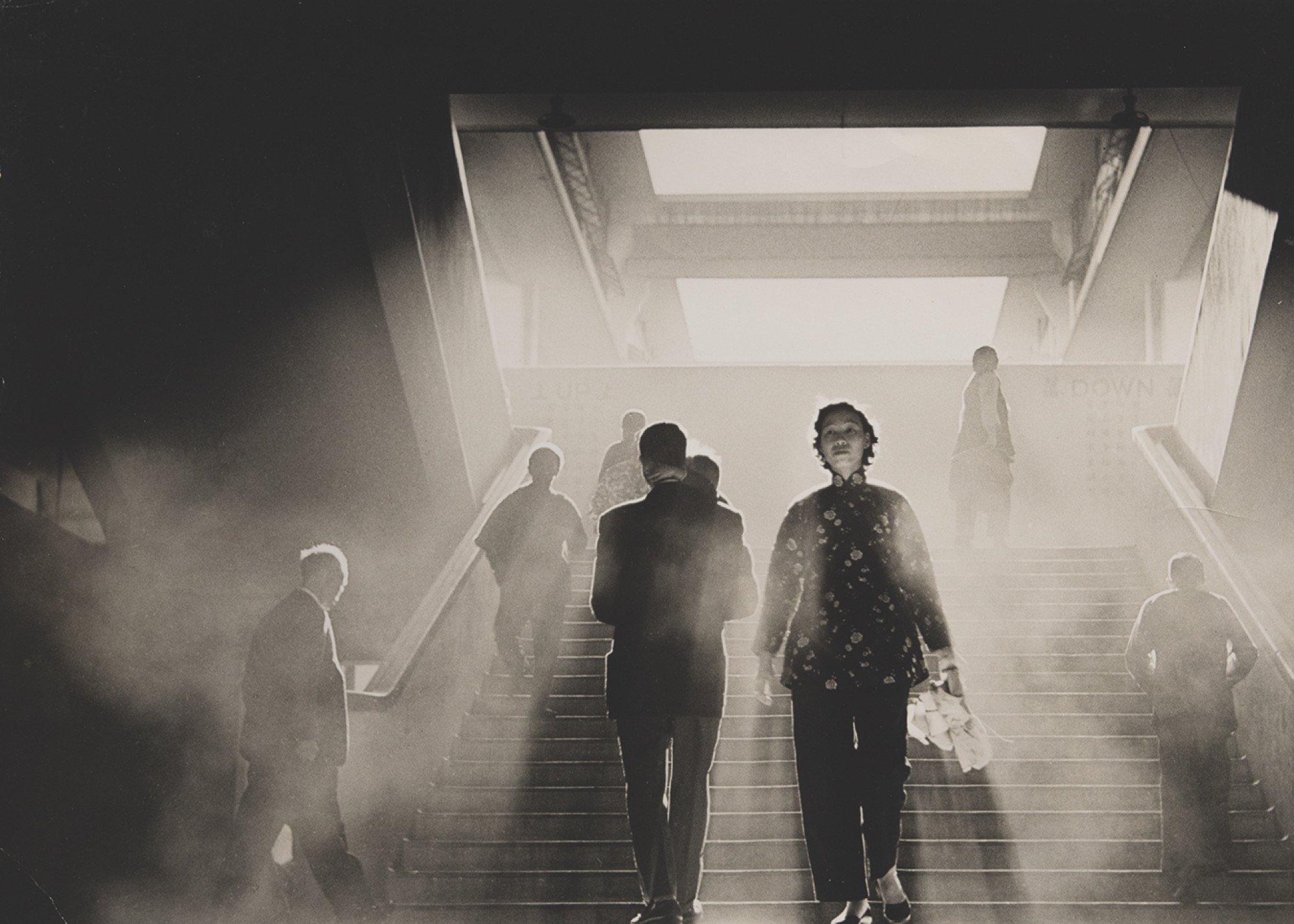
For Triebel, part of the reason BnF chose to curate an exhibition centred around black-and-white photography – which was first conceived for the Grand Palais in Paris – is because of the medium’s “enduring power”, and its role in the history of photography.
First, she says, there’s the practical and economic accessibility.
“It’s easy to create in black and white because the material is not expensive. You may create your own print in your bathroom. For colour, you have to go to a laboratory, you have to go to someone else who will print for you, so it’s much more difficult, and it’s also much more expensive for young photographers, for beginners.”
Pauline Yao, the lead curator of visual art at M+, adds that there’s an additional artistic dimension to black-and-white photography because of the printing process.
“It’s a medium that has been more hands-on,” she says. “There’s a handcrafted nature to it that I think is unique amongst the medium, because people who are working in it are really close to that actual process of making the print.”

The ability of black-and-white photography to transcend time also provided a strong foundation for the powerful exhibition.
“Black and white has the power to create a sense of intemporality,” Triebel says. “You have, side by side in the exhibition, sometimes prints that have 20, 30 years of distance, and you don’t have [that] impression.”
“Noir & Blanc” is split into three thematic sections, all of which highlight aesthetic elements of black-and-white photography. The first, “Aiming for Contrast”, focuses on the two opposing values of black and white, of light and dark.
One little detail can pop out much more. With colour, you might be lost with all the colours going on
Notable photographs in this section include Arbus’s works, both photographs that look ordinary upon first glance but come across as increasingly unsettling after one notices the incongruence between the twins’ and triplets’ alikeness and their distinct facial expressions.
Meanwhile, Jug and Fruit, Connecticut, United States (1915, printed 1976) by American photographer Paul Strand brings to light the history of the printing process and the technological transformations it has undergone.
“At the beginning, it was not possible to have a perfect black and white as we may have now, due to … the sensibility of the negative plates,” Triebel says. That’s why Strand actually painted the jug in black before photographing it. “He was, as we said, aiming for contrast.”
Filipino artist explores her ‘Chineseness’ in Hong Kong show Tracings
Other images in this section include Hong Kong photographer Yau Leung’s Two Women (Gloucester Road) (1961), who wear contrasting cheongsams, and American photographer Imogen Cunningham’s Two Callas (1925, printed ca. 1970), a sharp, detailed image that offers a feeling of sensuality.
“Contrast is what creates a really powerful image,” Yao says. “You have to remind yourself, if you’re seeing this in colour, it wouldn’t have the same effect at all.
“There’s something about the medium of black and white that can create a visual potency and also an expressive efficiency, as they say – efficient in expressing something, because it’s just these two values, and you can juxtapose them in certain kinds of ways.
“One little detail can pop out much more. With colour, you might be lost with all the colours going on, and you wouldn’t catch that.”

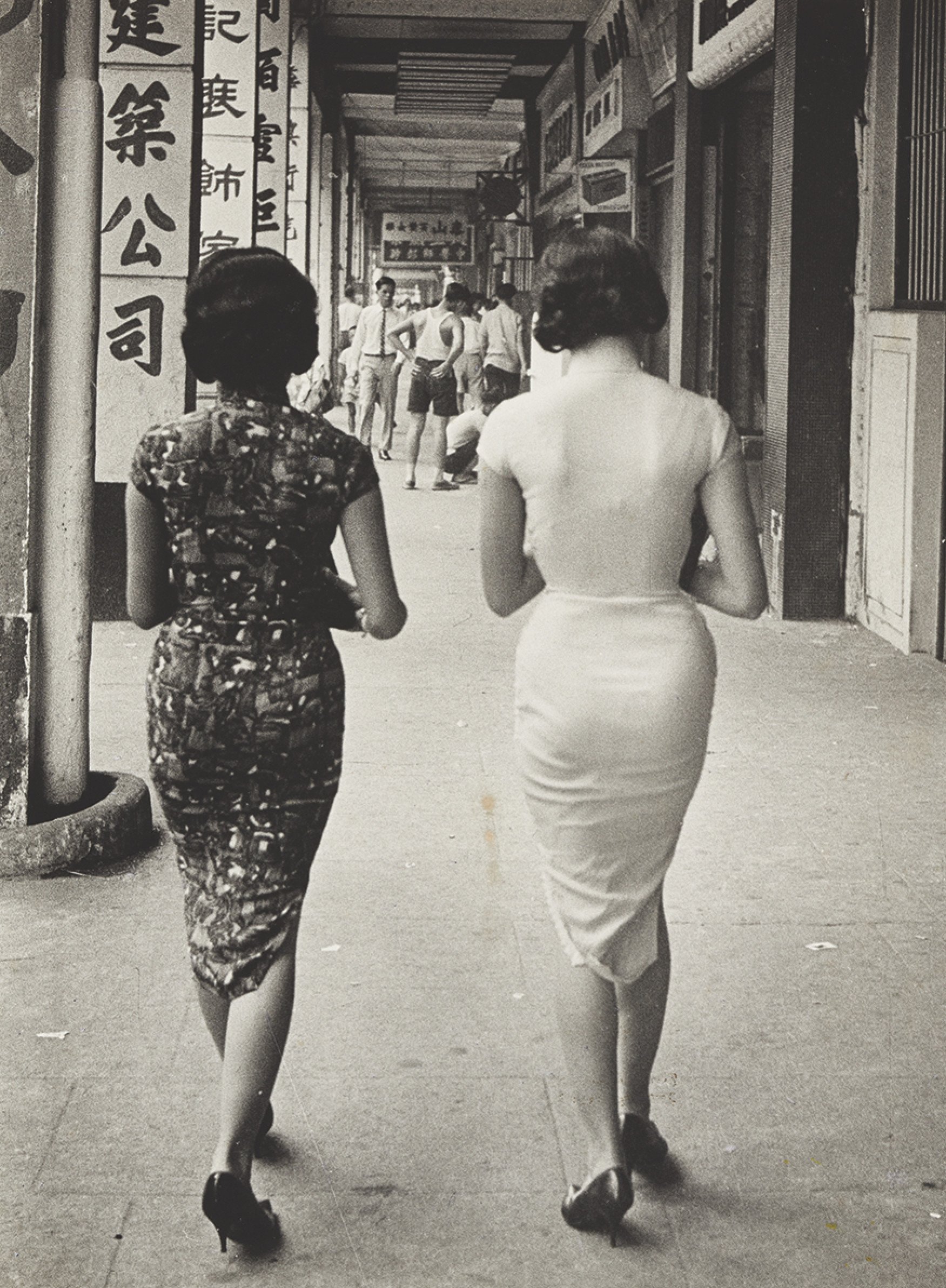
The second section, “Light and Shadow”, focuses on how photographers use light to express varying moods and illuminate different textures.
One such example is Cleaning Woman Working the Night Shift at City Services Building, New York (1945, printed ca. 1960) by American photographer Weegee (Arthur Fellig), who was born in 1899 in what was then Austria-Hungary.
“You look at it, and it just looks like a black photo with a tiny, white figure, but when you really use your eyes to get the right angle, you can see the detail of the floor come up,” Yao says.
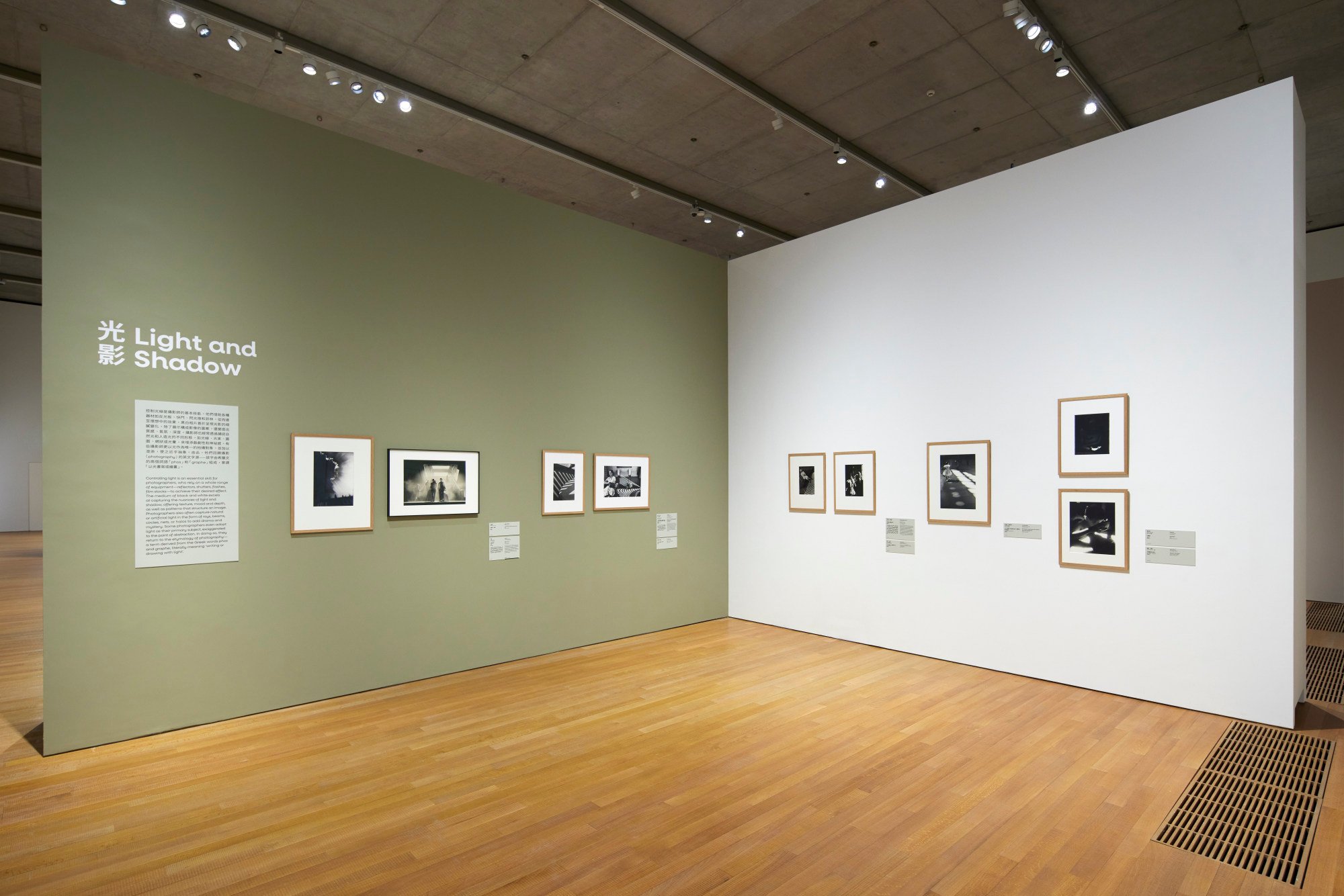
“You just appreciate the technique, and you appreciate that there’s such a nuance that our eyes are able to discover, which we wouldn’t see on the screen. We wouldn’t notice this if we’re looking on the phone.”
Also in this section is the famed photograph Behind the Gare Saint-Lazare, Place de l’Europe, Paris, France (1932, printed ca. 1950) by Henri Cartier-Bresson. A prime example of the French photographer’s concept of “the decisive moment”, the image features a man leaping above the water and his reflection, just before his foot breaks the surface.

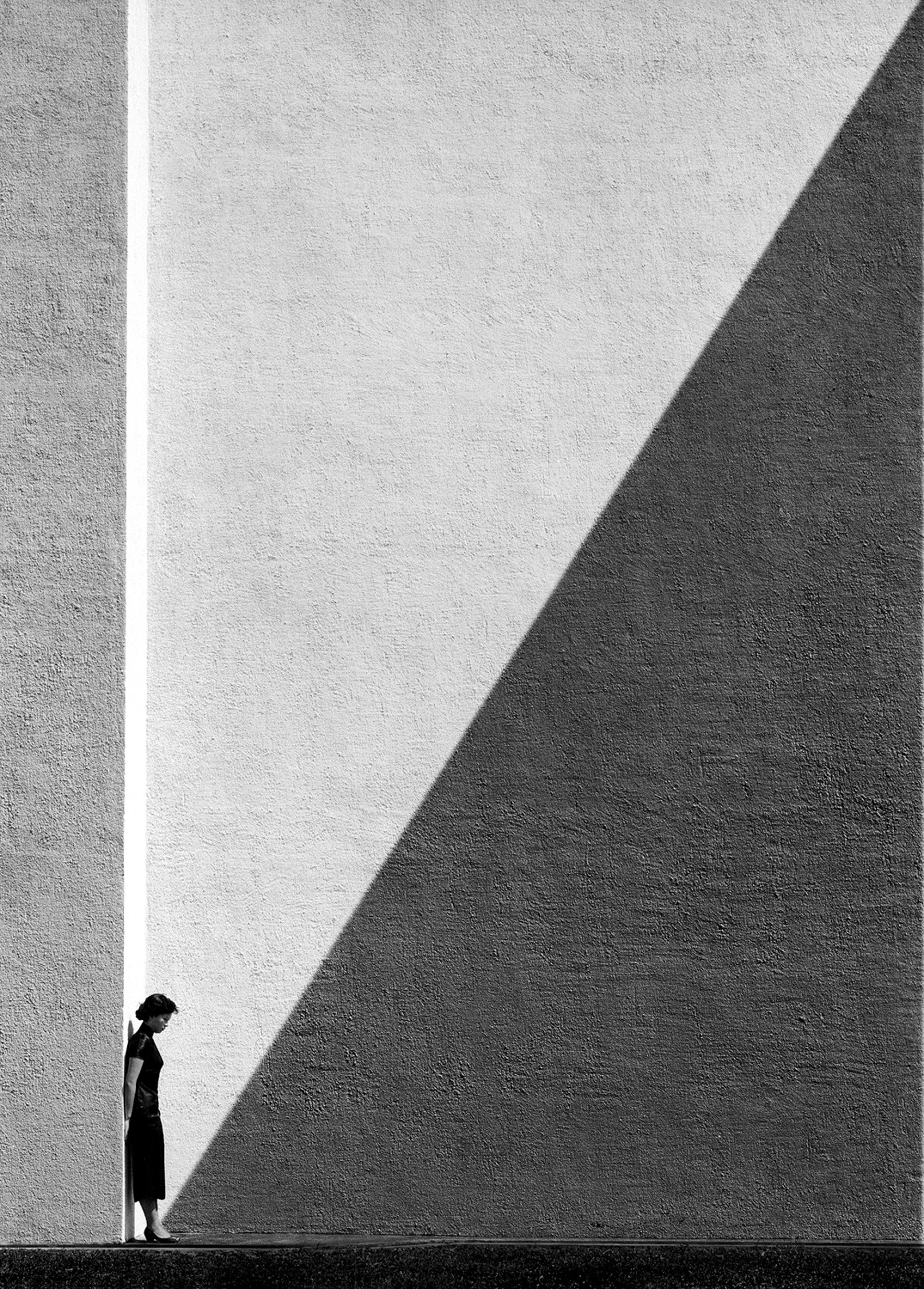
Electricity – Nine Rayogrammes for Parisian Electricity Distribution Company (1931) is a commercial showcase – one that is rarely collectively exhibited today – of Ray’s signature experimental style.
The final section of “Noir & Blanc”, titled “Colour Chart”, showcases the tonalities and gradation of light from white to black. Pepper, No. 30 (1929, printed 1971), one of American photographer Edward Weston’s most notable still lifes, sees the dimensionality of a green pepper and resulting tones highlighted by a light from above.
“Thanks to these three thematics – contrast, light and shadow, and tonalities – I think that the public will easily understand the aesthetic power of black and white, and why it remains so important nowadays,” Triebel says.
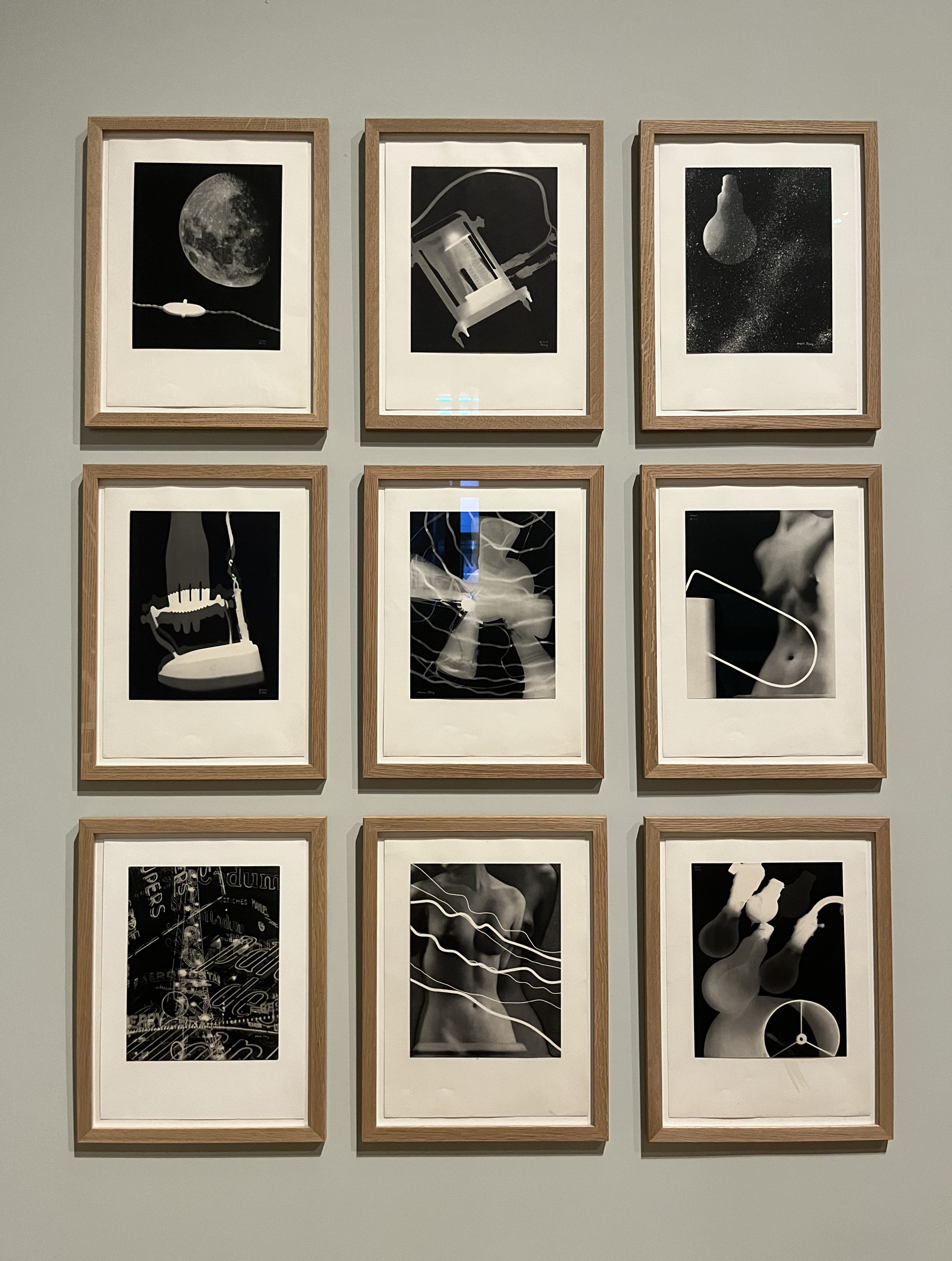
“You think of [black-and-white] photography as representing reality and capturing our world – but actually, it’s not the way we see the world, because we don’t see in black and white, we see in colour,” Yao adds.
“So black and white does actually create moments of abstraction and makes our world that’s familiar feel unfamiliar, or there can be a strangeness or oddness that’s added in. It’s a very unique medium.”
“Noir & Blanc – A Story of Photography”, Main Hall Gallery, M+, West Kowloon Cultural District, 38 Museum Drive, Kowloon, Tue-Thurs and weekends, 10am-6pm, Fri 10am-10pm. Until July 1. Tickets can be bought on the M+ website.

